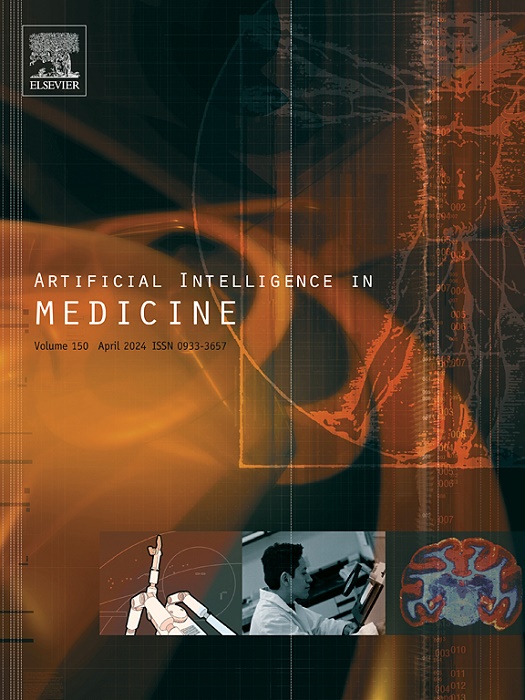Discovering multiple antibiotic resistance phenotypes using diverse top-k subgroup list discovery
IF 6.2
2区 医学
Q1 COMPUTER SCIENCE, ARTIFICIAL INTELLIGENCE
引用次数: 0
Abstract
Antibiotic resistance is one of the major global threats to human health and occurs when antibiotics lose their ability to combat bacterial infections. In this problem, a clinical decision support system could use phenotypes in order to alert clinicians of the emergence of patterns of antibiotic resistance in patients. Patient phenotyping is the task of finding a set of patient characteristics related to a specific medical problem such as the one described in this work. However, a single explanation of a medical phenomenon might be useless in the eyes of a clinical expert and be discarded. The discovery of multiple patient phenotypes for the same medical phenomenon would be useful in such cases. Therefore, in this work, we define the problem of mining diverse top-k phenotypes and propose the EDSLM algorithm, which is based on the Subgroup Discovery technique, the subgroup list model, and the Minimum Description Length principle. Our proposal provides clinicians with a method with which to obtain multiple and diverse phenotypes of a set of patients. We show a real use case of phenotyping in antimicrobial resistance using the well-known MIMIC-III dataset.
使用不同的top-k亚群列表发现多种抗生素耐药表型
抗生素耐药性是对人类健康的主要全球威胁之一,当抗生素失去对抗细菌感染的能力时就会发生耐药性。在这个问题中,临床决策支持系统可以使用表型来提醒临床医生患者抗生素耐药性模式的出现。患者表型是寻找一组与特定医疗问题相关的患者特征的任务,例如本工作中描述的患者特征。然而,在临床专家看来,对医学现象的单一解释可能是无用的,应该被抛弃。在这种情况下,发现同一医学现象的多种患者表型将是有用的。因此,在这项工作中,我们定义了挖掘不同top-k表型的问题,并提出了基于子组发现技术、子组列表模型和最小描述长度原则的EDSLM算法。我们的建议为临床医生提供了一种方法,可以获得一组患者的多种多样的表型。我们展示了使用众所周知的MIMIC-III数据集进行抗菌素耐药性表型分析的真实用例。
本文章由计算机程序翻译,如有差异,请以英文原文为准。
求助全文
约1分钟内获得全文
求助全文
来源期刊

Artificial Intelligence in Medicine
工程技术-工程:生物医学
CiteScore
15.00
自引率
2.70%
发文量
143
审稿时长
6.3 months
期刊介绍:
Artificial Intelligence in Medicine publishes original articles from a wide variety of interdisciplinary perspectives concerning the theory and practice of artificial intelligence (AI) in medicine, medically-oriented human biology, and health care.
Artificial intelligence in medicine may be characterized as the scientific discipline pertaining to research studies, projects, and applications that aim at supporting decision-based medical tasks through knowledge- and/or data-intensive computer-based solutions that ultimately support and improve the performance of a human care provider.
 求助内容:
求助内容: 应助结果提醒方式:
应助结果提醒方式:


